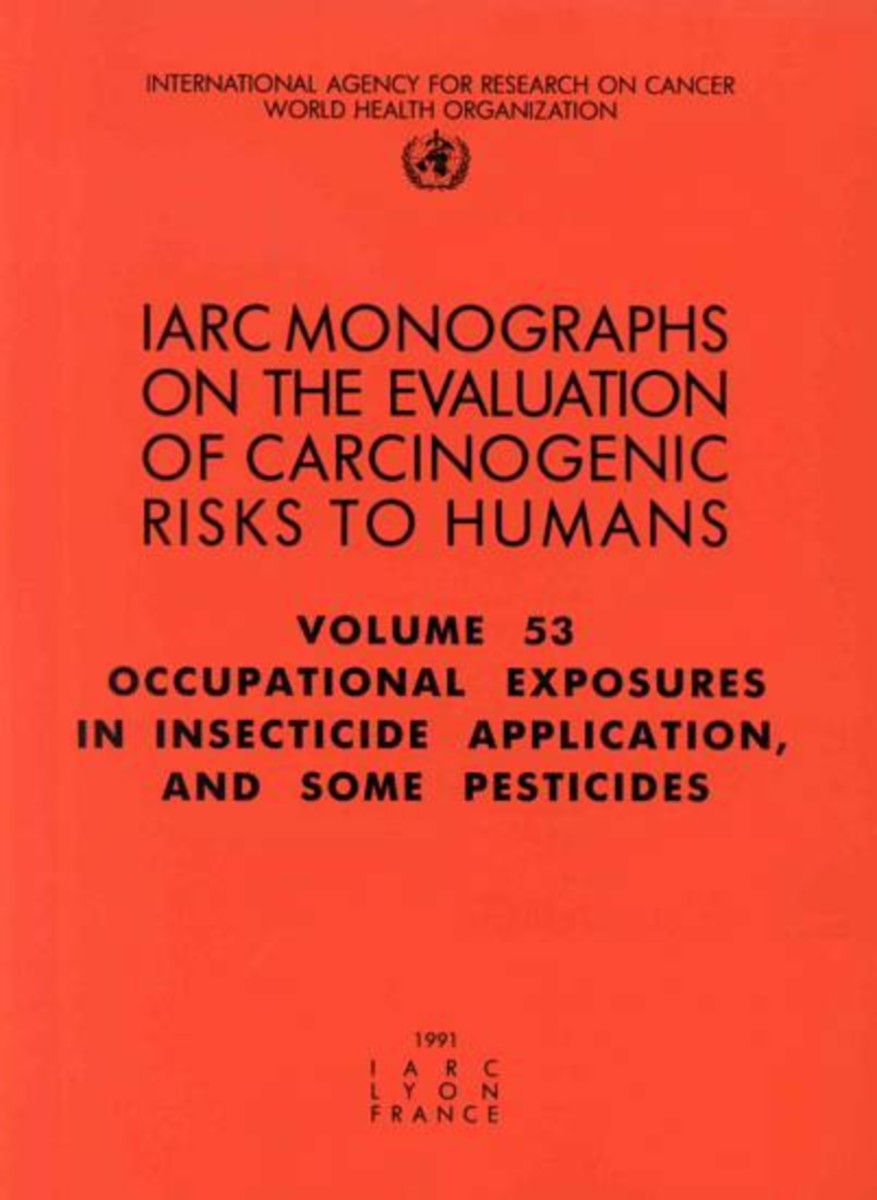Occupational Exposures in Insecticide Application and Some Pesticides
- Publisher
World Health Organization - Published
1st December 1991 - ISBN 9789283212539
- Language English
- Pages 612 pp.
- Size 6.75" x 9.5"
Evaluates the carcinogenic risk to humans posed by occupational exposure during the spraying and application of insecticides. The book also features separate monographs evaluating the carcinogenicity of 17 individual pesticides, including several that have been banned by industrialized countries yet are still used in the developing world. Although some of these pesticides have been in use for more than four decades, evaluations of carcinogenicity were hindered by the sparsity of well-designed epidemiological studies.
The first and most extensive monograph evaluates data from descriptive and ecological studies, cohort studies, and case-control studies suggesting an increased risk of cancer, most notably lung cancer, multiple myeloma and other tumours of B-cell origin, in workers exposed to insecticides during their application. On the basis of this evaluation, the book concludes that the spraying and application of nonarsenical insecticides entail exposures that are probably carcinogenic to humans.
The remaining monographs evaluate the carcinogenicity of aldicarb, atrazine, captafol, chlordane, DDT, deltamethrin, dichlorvos, fenvalerate, heptachlor, monuron, pentachlorophenol, permethrin, picloram, simazine, thiram, trifluralin, and zitram.
Of these, captafol, a fungicide used on plants, for seed treatment, and as a wood preservative, was classified as probably carcinogenic to humans. Atrazine, chlordane, DDT, dichlorvos, heptachlor, and pentachlorophenol were classified as possibly carcinogenic to humans. The remaining pesticides could not be classified on the basis of available data.
The International Agency for Research on Cancer
The International Agency for Research on Cancer (IARC) is part of the World Health Organization. IARC's mission is to coordinate and conduct research on the causes of human cancer, the mechanisms of carcinogenesis, and to develop scientific strategies for cancer control. The Agency is involved in both epidemiological and laboratory research and disseminates scientific information through publications, meetings, courses, and fellowships.


